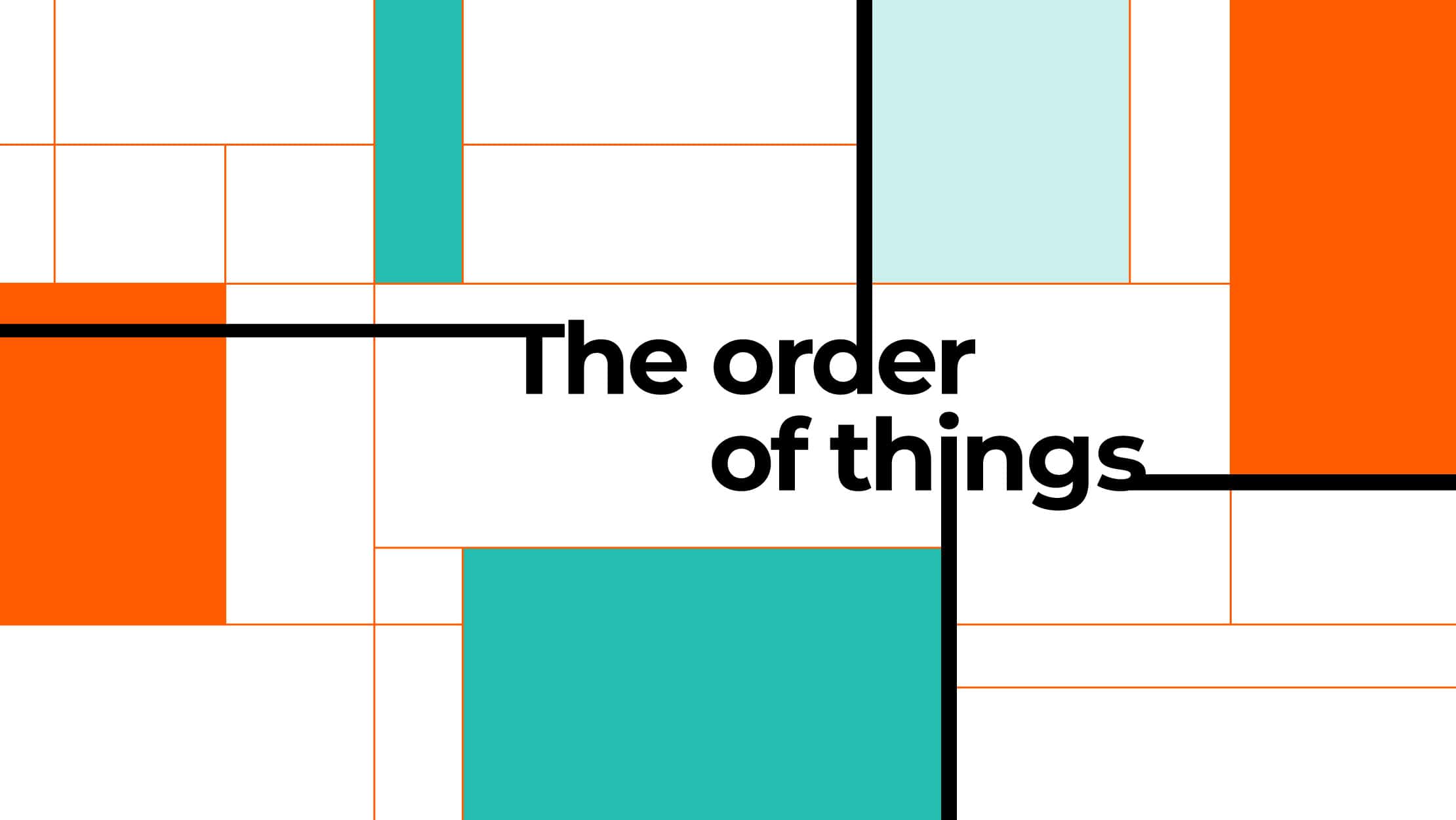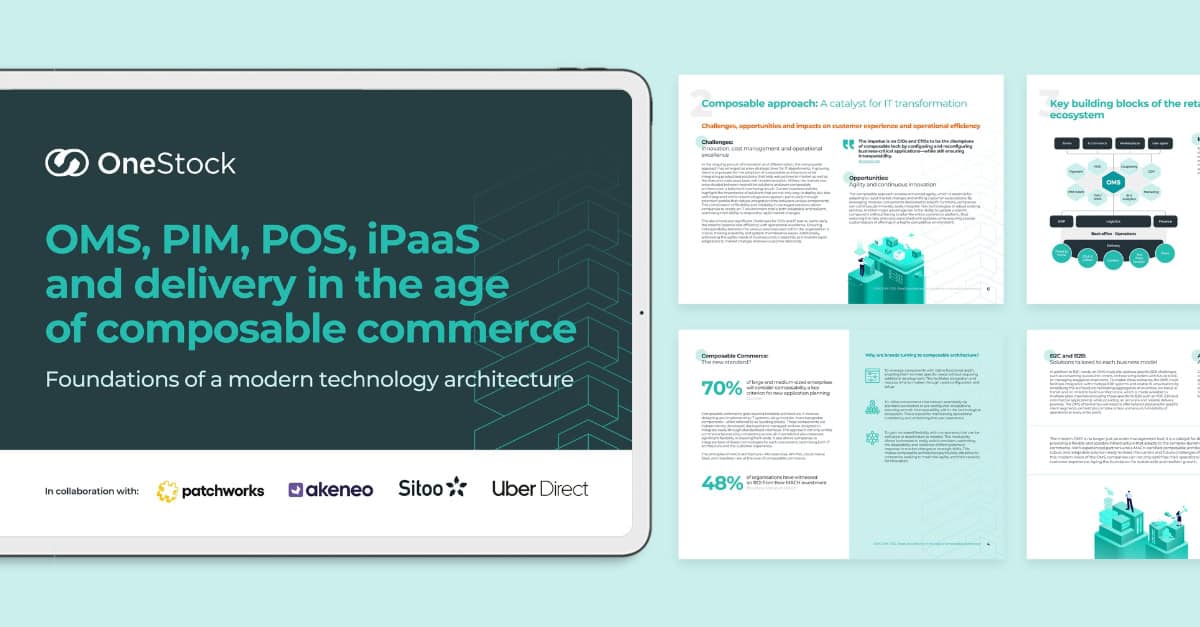

How to Unlock 35% Sales Growth in 12 Months
Download Our Free DOM Whitepaper
Discover how Distributed Order Management fuels
unified commerce for both B2B and B2C.
Modern commerce is under strain. Inventory is siloed. Fulfilment rules are inflexible. Promises to customers are often inconsistent—or broken. Whether you operate in a high-pressure retail environment or manage complex B2B supply chains, fragmentation isn’t just a technical problem—it’s a business risk.
But there is a better way. When systems speak the same language, your data, people, inventory, and fulfilment flows move in perfect harmony.
It’s not magic. It’s unified commerce and the Order of Things.
At its core: Distributed Order Management (DOM). Learn more with our free whitepaper, available for download.

See how Hackett London
Hit +35% Sales
35%
Growth in one year with omnichannel solutions
2-3 days
Delivery vs. 8–10 days before OneStock
40%
Reduction in transport costs
15%
Increase in overall sales

What You’ll Learn Inside
Disconnected systems create delays, inefficiencies, and unhappy customers. This whitepaper explores how Distributed Order Management (DOM) can unify your operations—and unlock faster, smarter fulfilment for B2B and B2C brands alike.
In this guide you will:
✅ Understand the difference between omnichannel and unified commerce—and why it matters now
✅ Learn how modern DOM platforms drive accuracy, agility, and cost-efficiency
✅ Explore real-world DOM strategies from automotive distributors to luxury retailers
✅ Get expert insights from OneStock’s Chief Strategist on building a composable OMS
✅ See how to align fulfilment, CX, and inventory around one real-time engine
Whether you’re an ops lead, ecommerce manager, or CTO, this guide gives you the clarity and direction to modernise your order infrastructure.

One Engine. Every Order.
DOM Isn’t Optional. It’s the Backbone of Scalable Commerce.
Legacy systems can’t keep up. ERPs were built for batch. Manual workarounds patch holes, not problems.
Distributed Order Management (DOM) replaces fragmented fulfilment logic with a single, real-time orchestration layer. It dynamically allocates, re-routes, and resolves based on live data and strategic rules — across every customer, channel, and node.
For Retailers, this means:
- Fewer cancellations
- Smarter fulfilment
- Consistent experiences
For B2B distributors, it enables:
- SLA-compliant orchestration
- Multi-address and multi-line fulfilment
- Segment-based inventory allocation
For your business, DOM consolidates workflows and unifies data.
For your customers, it builds trust — at every touchpoint.
Our DOM platform enables you to:
✅ Centralize inventory views across channels
✅ Automate order logic for both B2B and B2C
✅ Tailor promises by customer type, product, or geography
✅ Reduce duplication of systems and effort
✅ Scale faster while lowering total cost of ownership
🟦 This whitepaper shows how forward-looking brands are using unified DOM to transform fulfilment — and their bottom line.


Demand is unpredictable, inventory is fragmented, and customer expectations have never been higher. Retailers and B2B companies face the same challenges: skyrocketing logistics costs, out-of-stocks despite available inventory, and poor customer experiences.
The problem isn’t the product. It’s how they manage inventory, orders, and fulfillment.

Guillaume Vanbrugghe
Product marketing manager
OneStock
Ready to put your Order Management in sync?
Here’s what happens after you click “Contact us”:
- We schedule a discovery session, at your convenience, to understand your unique operational challenges and ambitions.
- We tailor the conversation to your business, uncovering how fragmented processes, rising costs, or broken promises may be holding you back.
- We show you how brands like yours moved from chaos to clarity, unlocking scalable growth, seamless fulfillment, and customer trust with Distributed Order Management.
- We map out your next steps, building the foundation for unified commerce and making your operations flow as one.
It’s not just transformation. It’s putting everything in order. Get started today.


